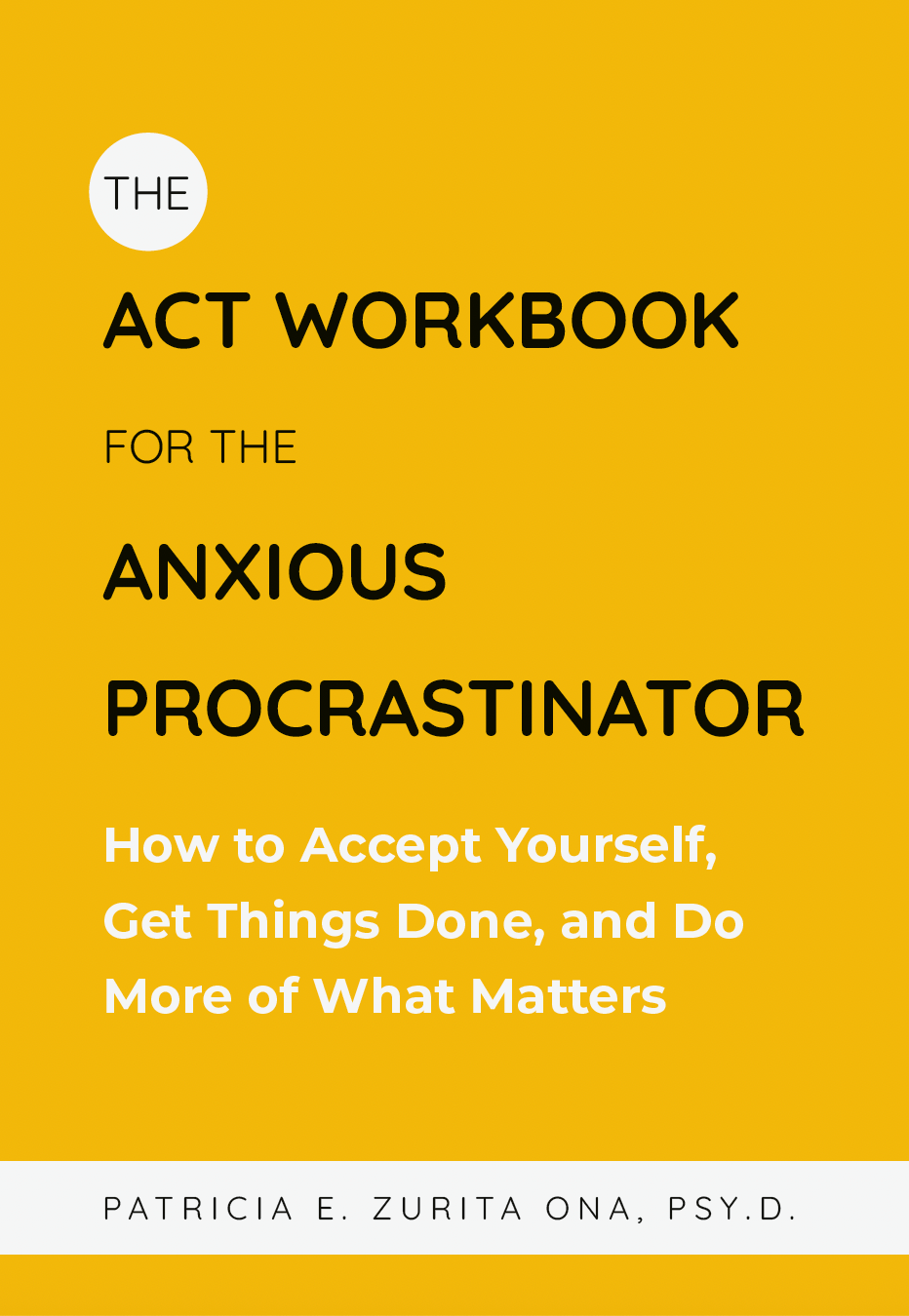
Why is it that children enter the stage of the ‘terrible twos’? Is it due to genetics, or outside environmental influences? It’s likely a little of both, and one way to mitigate some of these negative behaviors is through using positive feedback. Research shows that when positive feedback is used to reinforce healthy behaviors, children tend to misbehave less (Owen, Slep & Heyman, 2012).
Children misbehave for many reasons. Do they argue with you or refuse to comply to your requests? Maybe they throw themselves on the floor and have a tantrum. If they are constantly interrupting or behaving inappropriately in social situations, this may be a sign of a need for attention. Children who lack confidence may exhibit low energy or absent-mindedness.
Parents are human, too, and when our children misbehave, especially in public, we become angry, frustrated, and embarrassed. We tend to punish the bad behaviors as a way to curb them. In the short term, this works, and we, as parents, are positively reinforced to continue to discipline our kids with punishment. Over time, though, this method tends to backfire, and the kid’s behaviors become worse, not better (Sluis, Steensel & Bogels, 2015).
It may not seem intuitive, but studies show that providing positive feedback to children when they behave well is a much better way to curb bad behavior than to give focus to them through punishment. “Feedback is information provided by an agent (e.g., teacher, peer, book, parent, experience) regarding aspects of one’s performance or understanding” (Hattie & Timperley, 2007, p. 102).
For example, when you see your daughter or son share their snack with a friend, let them know what a great friend they’re being. When you ask them to clean up their play area, and they do so, give them a great big hug and let them know what a great job they just did. Oftentimes, we let these events pass without any feedback at all, as it is expected that they should comply, and our kids don’t realize that these behaviors are valued.
This strategy can also be used with older children and teens. When you notice them doing something that makes you smile, tell them! If they got a good grade on a test, walked the dog (with or without asking them to), or called a grandparent just to say hi, make sure they know that their actions are appreciated and important. You’ll probably find that they’ll want to do them more often if you do.
This is not to say that you shouldn’t intervene when your child is causing harm to themselves, or someone else, but the focus of discipline should revolve around looking for ways to reinforce times when your child acts the way you’d really like them to most of the time.
To make this strategy effective, though, there are a few things you should keep in mind:
Be Clear: Make sure you are clear about what behavior you are praising (e.g. “You did a great job on your math homework!”); don’t be vague (e.g. “good girl/boy”)
Be Consistent: Make positive feedback a habit – try to find at least one behavior to praise each day
Be Confident: Don’t hold back when you give praise; it’s important that your child trusts that the feedback is sincere
With a change of perspective and a little practice, positive feedback can make a huge difference in your relationship with your child, and how they interact both socially and emotionally not only with you, but with friends, family, and others in their lives.
References:
Hattie, J., & Timperley, H. (2007). The power of feedback. Review of Educational Research, 77(1), 81-112. doi:10.3102/003465430298487
Owen, D. J., Slep, A. M. S., & Heyman, R. E. (2012). The effect of praise, positive nonverbal response, reprimand, and negative nonverbal response on child compliance: A systematic review. Clinical Child and Family Psychology Review, 15(4), 364-385. doi:10.1007/s10567-012-0120-0
Sluis, v. d., C.M, Steensel, v., F.J.A, & Bögels, S. M. (2015). Parenting clinically anxious versus healthy control children aged 4–12 years. Journal of Anxiety Disorders, 32, 1-7. doi:10.1016/j.janxdis.2015.03.002






